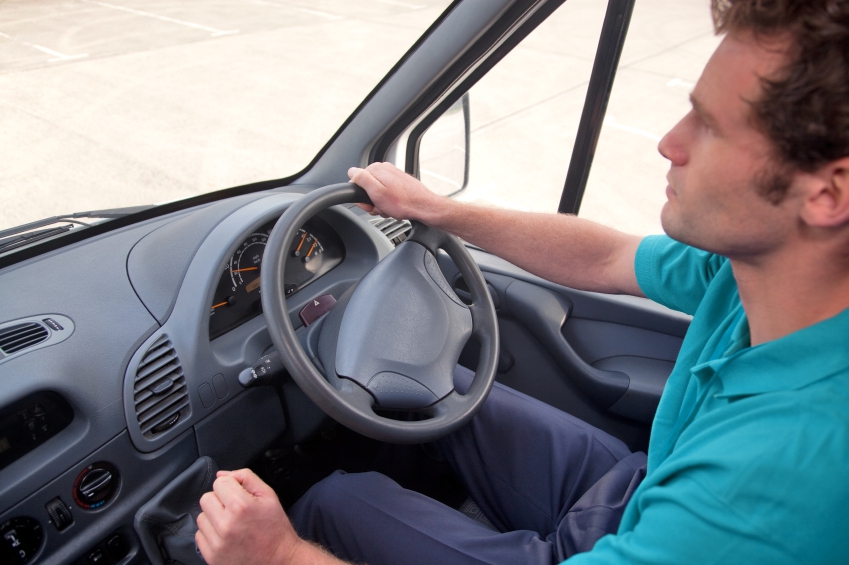
You are driving on a rainy day when suddenly, the car ahead slams on its brakes. Do you know exactly how much road you will need to stop safely? Many drivers don’t leave enough space to stop in time, and that can be dangerous. From city streets to motorways, knowing UK stopping distances could save your life or someone else’s when you are behind the wheel.
What are Stopping Distances?
Stopping distances are how far your car runs from when you notice danger until you are at a full stop.
This formula calculates it: Thinking distance + Braking distance = Stopping distance.
This includes:
- Thinking distance: This is the distance of time to react. It is the moment your mind notices the risk and your foot presses on the brake.
- Braking distance: This is the distance travelled as the car slows down after you push the brake.
Official UK Stopping Distances (Highway Code)
All drivers are required to know the UK stopping distances mentioned in the Highway Code.
- 20 mph x 2 = 40 feet: (12 metres or 3 car lengths)
- 30 mph x 2.5 = 75 feet: (23 metres or 6 car lengths)
- 40 mph x 3 = 120 feet: (36.5 metres or 9 car lengths)
- 50 mph x 3.5 = 175 feet: (53 metres or 13 car lengths)
- 60 mph x 4 = 240 feet: (73 metres or 18 car lengths)
- 70 mph x 4.5 = 315 feet: (96 metres or 24 car lengths)
To remember, take the speed you are travelling and multiply it by itself, then divide the total by 20 to see the stopping distance in feet. When travelling at 30mph: (30×30) / 20, so the stopping distance is 45 feet. You therefore need 14 metres for braking, 9 metres for thinking time, making a total of 23 metres.
How to Calculate Stopping Distances
Let’s look at an easy method for calculating stopping distances UK:
- For thinking distance: Speed (mph) x 0.3= metres
- For braking distance: (Speed x speed) /20= metres
For example, at 40 mph:
- Thinking distance= 40 x 0.3 = 12 metres
- Braking distance= (40 x 40) /20 + 80 feet = 24 metres
Hence, total stopping distance = 36 metres
Some drivers follow the advice of leaving a two-second gap between their vehicle and the one in front. The easiest way to do this is to identify a tree or road sign as the landmark, and when the car in front passes it, count the time from when you pass it. If you reach that point before finishing, you are too close.
Why Knowing Stopping Distances Matters
Knowing the necessary distance on UK roadways makes you safer on the road.
- Keep a safe gap between you and other cars
- Change your speed when the weather gets bad
- Spot dangers earlier
- Make safer decisions about overtaking
There are many accidents caused by drivers not estimating the stopping distance that UK roads require. That’s why understanding driving stopping distances matters, since you can’t trust technology alone. For this reason, mastering stopping distances is a vital part of driving theory practice and safe road awareness.
Conclusion
Stopping distances matter, whether you are preparing for your driving test or driving normally on the road. If you are aware of these rules and adjust your driving for various situations, the chances of getting into danger decrease. That’s why Apex Driving School covers these basics in its classes, because great drivers also know how their cars behave on the streets.

